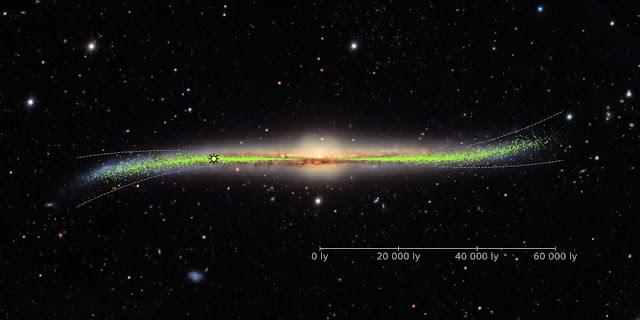Russian forces have seized control of the Chernobyl power plant in northern Ukraine, the site of the world’s worst nuclear disaster, according to the agency that manages the area.
Troops overran the plant on the first day of Russia’s multi-pronged invasion of Ukraine, a spokesperson for the State Agency of Ukraine on Exclusion Zone Management, Yevgeniya Kuznetsovа, told CNN.
“When I came to the office today in the morning (in Kyiv), it turned out that the (Chernobyl nuclear power plant) management had left. So there was no one to give instructions or defend,” she said.







